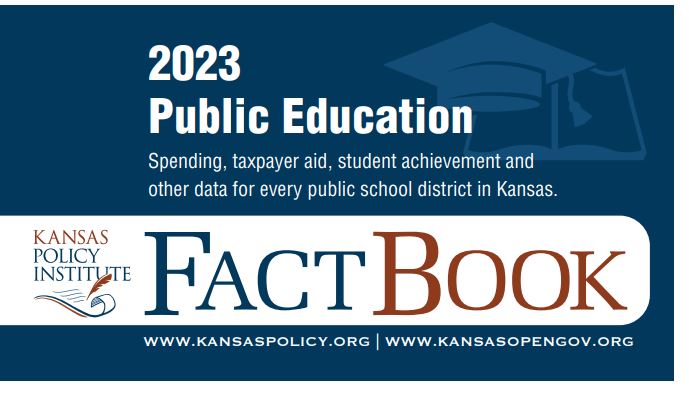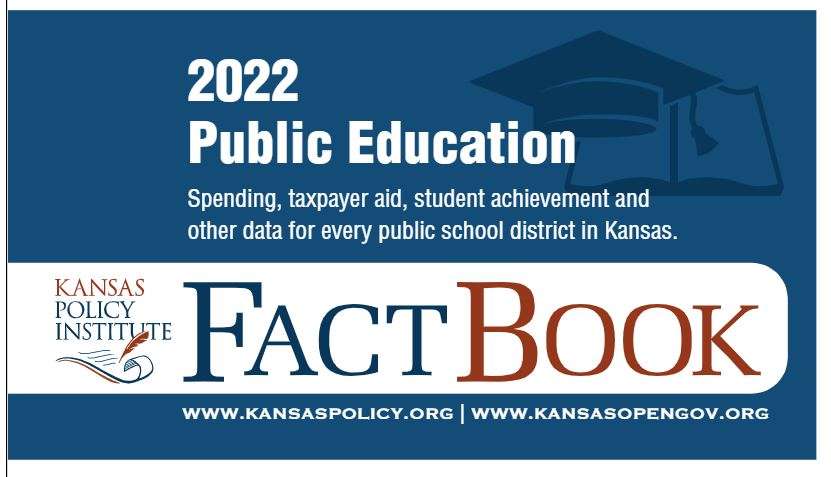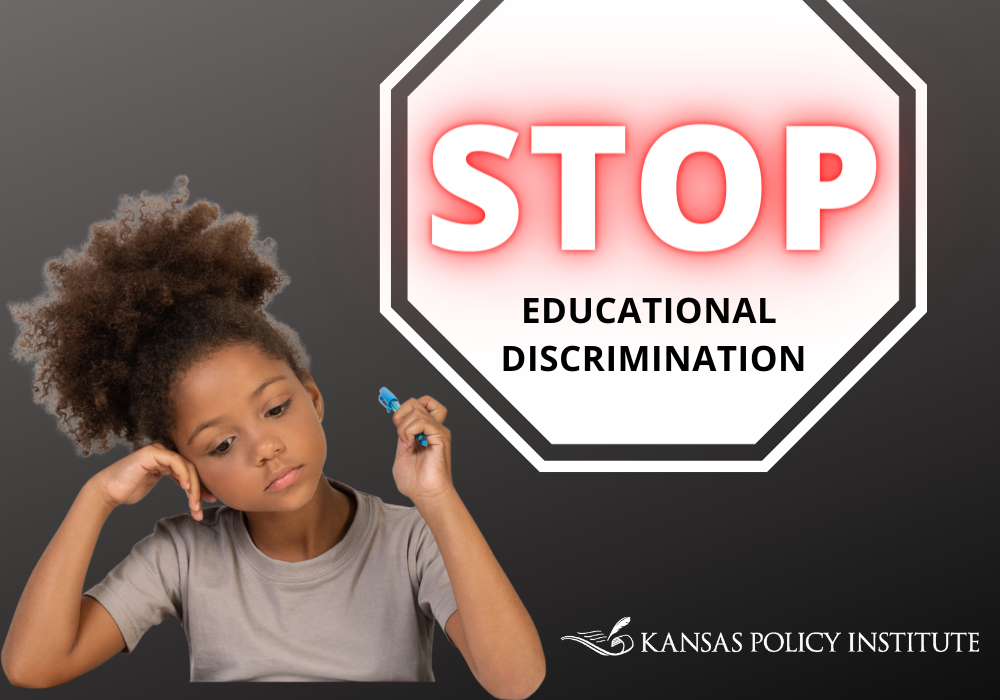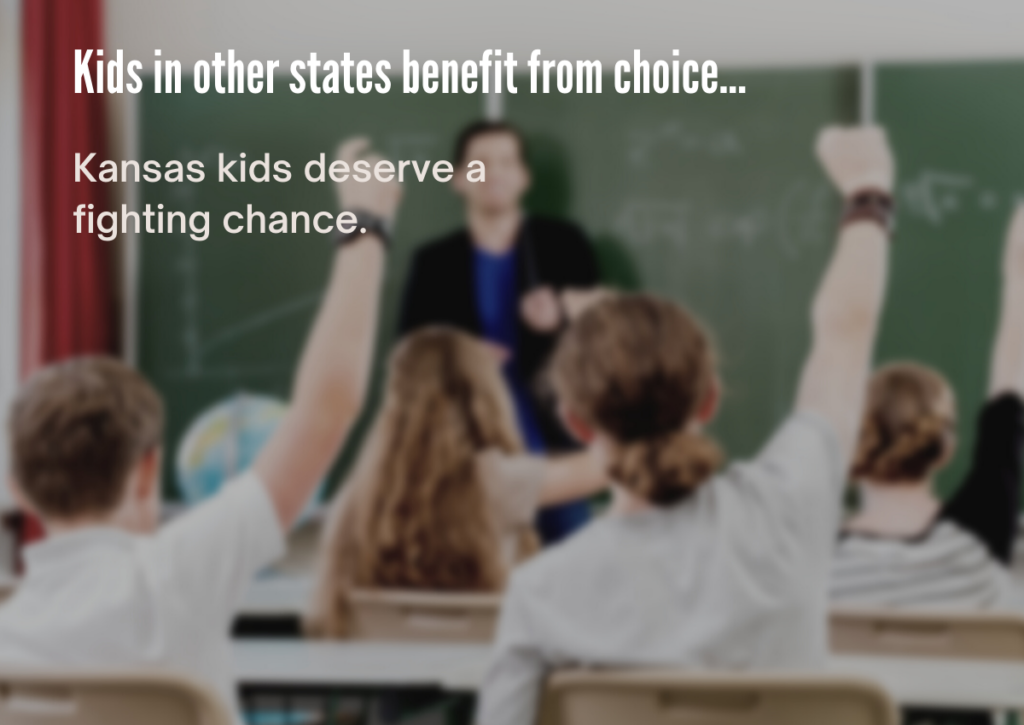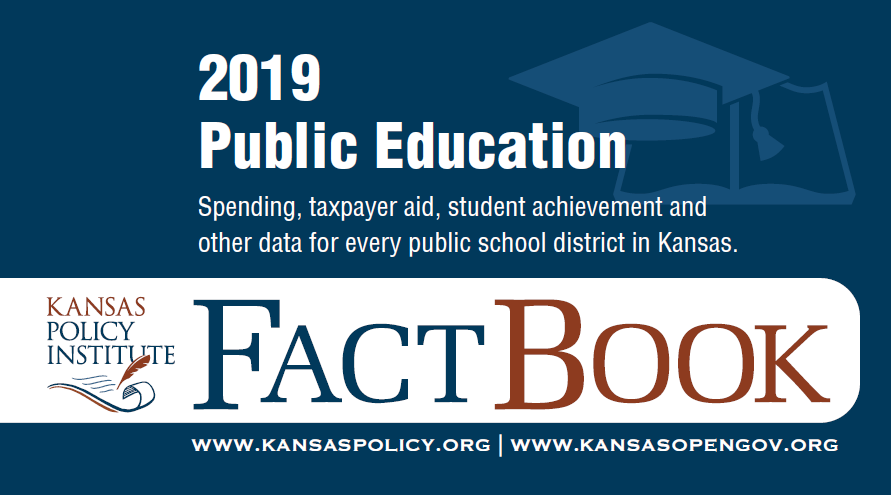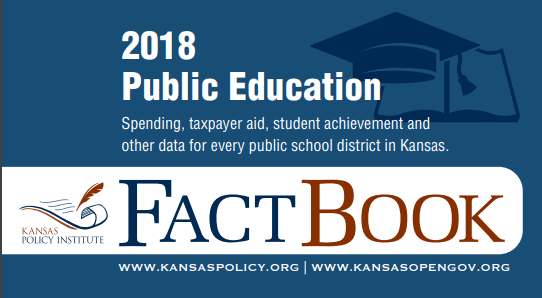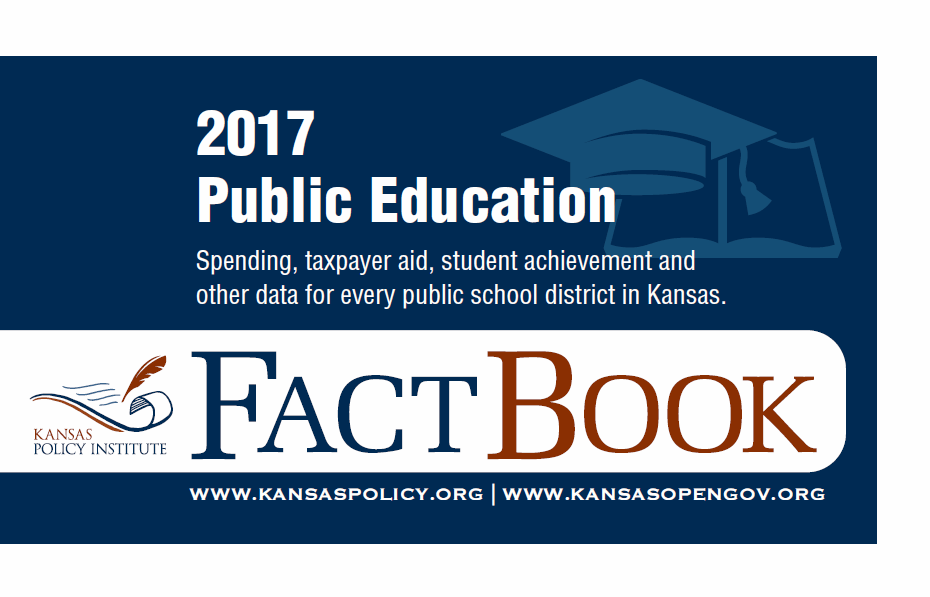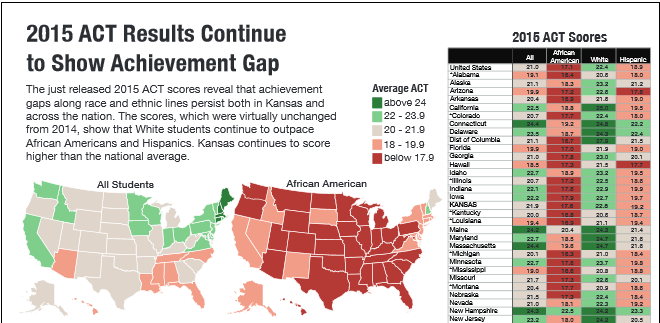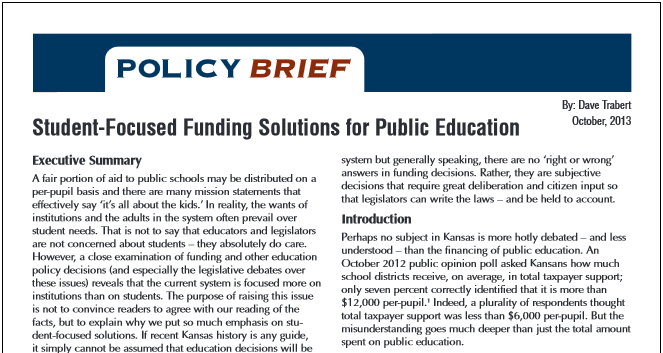Articles Filtered By:
Education Research

Kansas in bottom half of country for education freedom
December 4, 2023
KPI presents the 2023 Public Education Fact Book
May 31, 2023
2023 A-F Grading For Kansas Schools
May 31, 2023
2023 Public Education Fact Book
May 31, 2023
Survey shows Kansas parents satisfied with school choice program
November 20, 2022
2022 Public Education Fact Book
March 21, 2022
Blue Valley high schools top Niche state rankings
October 15, 2021
2021 Public Education Factbook
April 19, 2021
2021 Legislator Briefing Book
January 14, 2021
2020 K-12 Fact Book
April 22, 2020
KPI Releases 2019 Public Education FactBook
May 23, 2019
2018 A-F Grading of Kansas Schools Released
March 18, 2019
Cato study disputes claims of Kansas education efficiency
December 31, 2018Schools misinterpret ‘efficiency’ in WestEd study
November 1, 2018About that Tallman Education Report…just one more thing
August 3, 2018
2018 Public Education Factbook
July 30, 2018
2017 Public Education Fact Book
February 6, 2017KASB’s State Education Report Card – using facts to mask the truth
September 2, 2016
KPI Analysis: Top Ten School Funding Points
October 30, 2015
2015 ACT Results Map
September 1, 2015
2015 Public Education Factbook
March 27, 2015
2014 Public Education FactBook
January 1, 2015
2013 Public Education FactBook
January 1, 2014
Student-Focused Funding Solutions
October 27, 2013
Reinventing the Kansas K-12 School System
October 1, 2011Volume IV: What do we want from education?
April 26, 2010Volume III: Analysis of K-12 Spending in Kansas
January 1, 2010Volume II: Analysis of Montoy vs. State of Kansas
February 1, 2009Volume I: History of Education Finance
January 1, 2009


